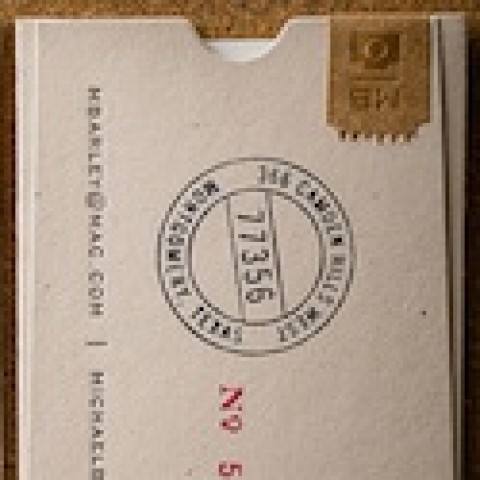Many of the problems that arise over the course of a design project can be traced back to choosing the wrong clients in the first place. And many of the proposals you don’t win can be attributed to a practice of submitting proposals for projects you have little chance of winning.
Qualifying Your Prospects
Writing proposals is very time-consuming, so just because someone asks for a proposal doesn’t mean you should always provide it.
If you get most of your work through word of mouth, or assume that every prospect that happens to find you is a viable one, the idea of “qualifying” – deciding if a prospect is “good enough” for you – may be a foreign concept.
Actually, it has nothing to do with who is or isn’t “good enough” to work with you. It’s not even about who you want to work with. “Qualified” prospects fit certain objective criteria that you preset to determine whether a prospect is a good fit.
To determine this, start off by asking yourself these questions about everyone who says, “Send me a proposal”:
- Are they fishing or buying?
- Are their needs clear – to you and to them?
- Are they in a market where you have relevant experience and samples to show?
- Can you meet with the decision makers and get your questions answered?
- How many others are bidding?
- How great are your chances of winning?
If the answers to the above are generally positive, take it to the next level by using these four general criteria to make a final decision. Prospects are qualified if:
1. They have the right mindset. They behave like professional clients, not amateurs with unrealistic expectations or mental obstacles to working with you due to your location or the size of your business.
2. They have influence. They are the decision maker or have enough influence over the decision maker.
3. Their timing is right. Their expectations about the project’s timeframe are realistic.
4. Their price is right. They are not penny-pinchers and they can afford you.
Can They Afford You?
Pricing is a particularly important criterion and often the one that is ignored – until it’s too late.
Avoiding unpleasant surprises in this department usually means talking about money early on – a good habit to get into no matter what. Don’t worry, you’re not quoting prices at this point; you are simply discussing price ranges to make sure you are both in the same ballpark.
In other words, the proposal shouldn’t be the first time your prospect sees the numbers. In fact, by the time you get through the proposal process, you should have already had multiple communications with your prospect, addressing all the important issues and asking all the right questions. The proposal that results is essentially a detailed confirmation, recap or expansion of what’s been discussed, including the project’s budget.
Once you’ve qualified the prospect and decided it’s a good fit for both of you, you are ready to write a proposal. The next step is to ask the questions you need answers to in order to write a “winning proposal.”
We’ll cover that in Part 2 of this series…
————–













